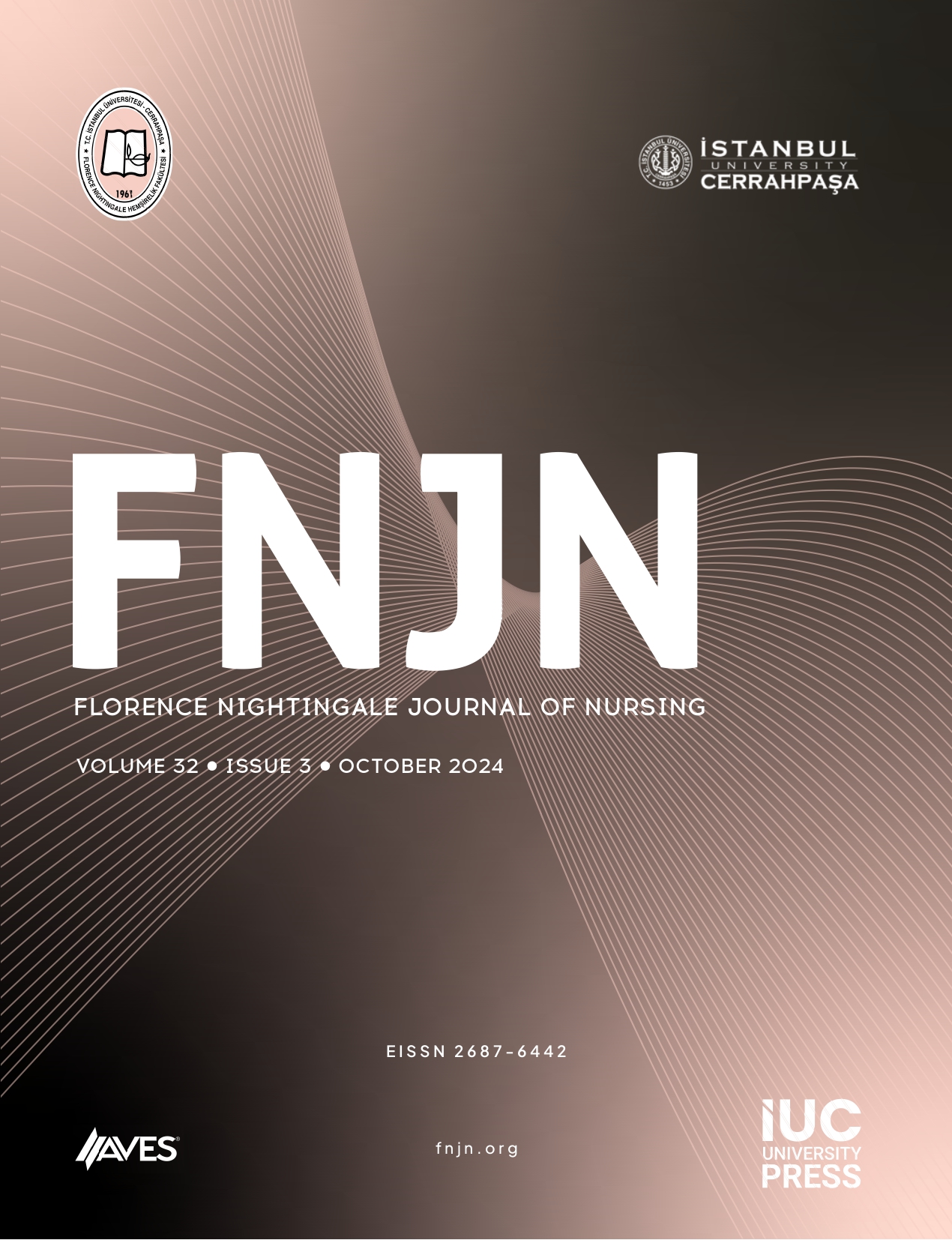Aim: Research was carried out to examinethe effect of training with realizing high fidelity birthing simulator onobstetric skill applications and satisfaction levels of students with in thescope of obstetric diagnostic applications.
Method: The sample of the research, whichwas conducted in semi-experimental design, consisted of 90 students. In thestudy, the students in experiment group with high fidelity birthing simulator(n=47) and the students in control group (n=43) using basic-level modeling, notincluding advanced technology were in obstetric skills training in order toperform physical examination of pregnant and postpartum women. Duringcollection of research data following forms were used; Obstetric DiagnosticClinical Skills Guides, Satisfaction from Education Methods Survey andProfessional Skills Laboratory Feedback Form. The socio-demographic dataobtained from study were evaluated with number and percentage distributionsusing the Statistical Package for Social Science for Windows Version 15.0package program. Independent Sample T Test, Mann-Withney U Test and Chi-SquareTest were used for comparison between groups.
Results: Obstetric skill mean scores of thestudents in the experiment group were significantly higher than the controlgroup. No significant difference was found between the groups in terms of satisfactionwith the education method. The students in the experiment group responded morepositively to “ the suitability of the laboratory physics environment, theadequacy of the materials and adaptation with theoretical knowledge of thelaboratory applications. Eighty one percent of the students in the experimentgroup and 58% of the students in the control group stated that “Laboratorypractice” found sufficient.
Conclusion: When using a high-fidelitybirth simulator, students’ laboratory skills are more adequate and theirfeedbacks towards laboratory studies are more positive. As a result of study itis recommended that the simulation-based education is widely used by nursingstudents at laboratory studies prior to clinic applications in universities providingeducation at the bachelor degree.
Cite this article as: Ünsal-Atan, Ş., Güleç-Şatır, D., Öztürk, R., Kavlak, O., Saruhan, A., Er-Güneri, S. ve Sevil, Ü. (2019). The effect of using high fidelity birthing simulator on satisfaction and performance of nursing students in developing obstetric skills. FNJN Florence Nightingale Journal of Nursing, 27(1), 1-16




.png)
.png)